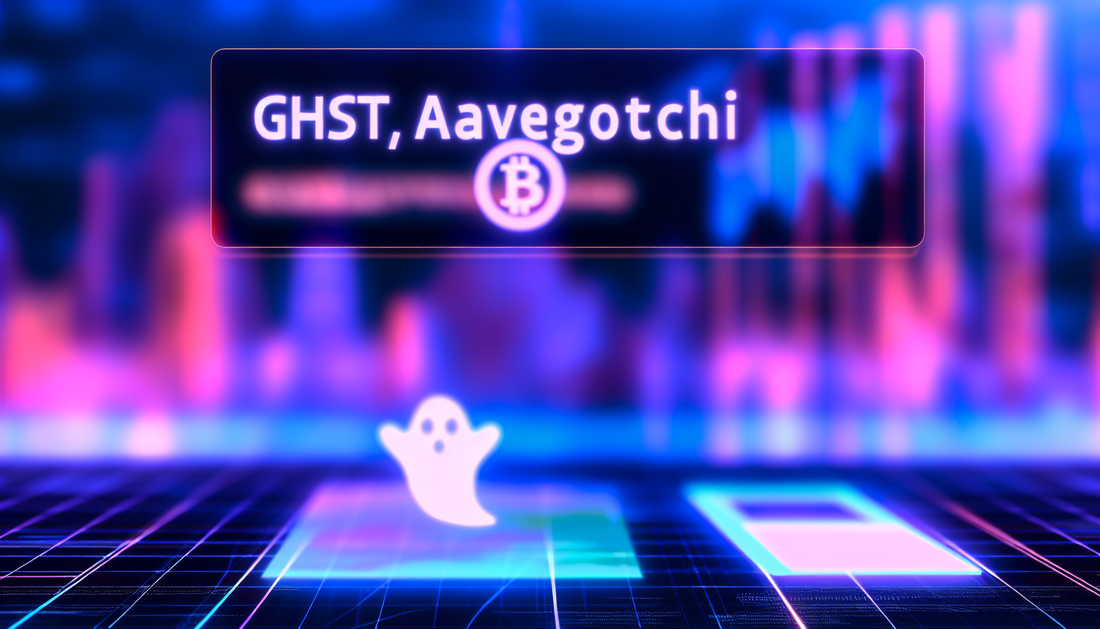
Empowering Communities: GHST Aavegotchi Governance Explained
Share
Exploring GHST Aavegotchi Governance: Enhancing Decentralized Decision-Making
Aavegotchi, powered by its native token GHST, is a unique genre within the crypto asset universe, merging decentralized finance (DeFi) with gaming elements. One key aspect that has garnered attention is its governance model. This model is designed to enhance community involvement, enabling stakeholders to partake in decision-making processes regarding platform development and updates.
The Significance of Governance in Aavegotchi
Governance in Aavegotchi is primarily facilitated through the voting power conferred by holding GHST tokens. These token holders can propose changes, vote on significant updates, and guide the strategic direction of the platform. This mechanism ensures that the community remains at the core of the ecosystem, promoting a decentralized approach to governance.
Decentralized Governance: A Deeper Insight
Decentralized governance models like that of Aavegotchi are transforming how decisions are made in the blockchain sector. Such models aim to democratize control and reduce centralized inefficiencies, enabling users to vote on proposals that can impact everything from minor technical upgrades to pivotal strategic shifts. This paradigm not only enhances transparency but also fosters trust among users.
Platforms like NEXA similarly prioritize the influence of their token holders, demonstrating the broader DeFi sector's commitment to community empowerment. By emulating successful governance structures in DeFi, Aavegotchi is carving out a sustainable model for user engagement and decentralized decision-making.
Challenges and Perspectives
Despite the advantages, decentralized governance is not without challenges. Coordination among a wide array of stakeholders can sometimes slow decision-making processes. Furthermore, ensuring active participation can be difficult. The success of Aavegotchi’s governance relies on maintaining an engaged community willing to contribute to votes and discussions.
Similar hurdles are faced by emerging platforms like Render Network, which also places emphasis on governance to shape its evolutionary path. These challenges underscore the necessity for Aavegotchi to innovate continuously in its governance processes, enabling a seamless and efficient model.
Conclusion
GHST Aavegotchi's governance framework exemplifies an intricate balance of decentralization and community involvement, reflecting a growing trend across blockchain ecosystems. While there are obstacles to overcome, the potential benefits of such participatory governance models are significant. By continuing to refine their governance model, Aavegotchi and similar platforms can maintain transparency and community trust, driving the next wave of decentralized innovation.
